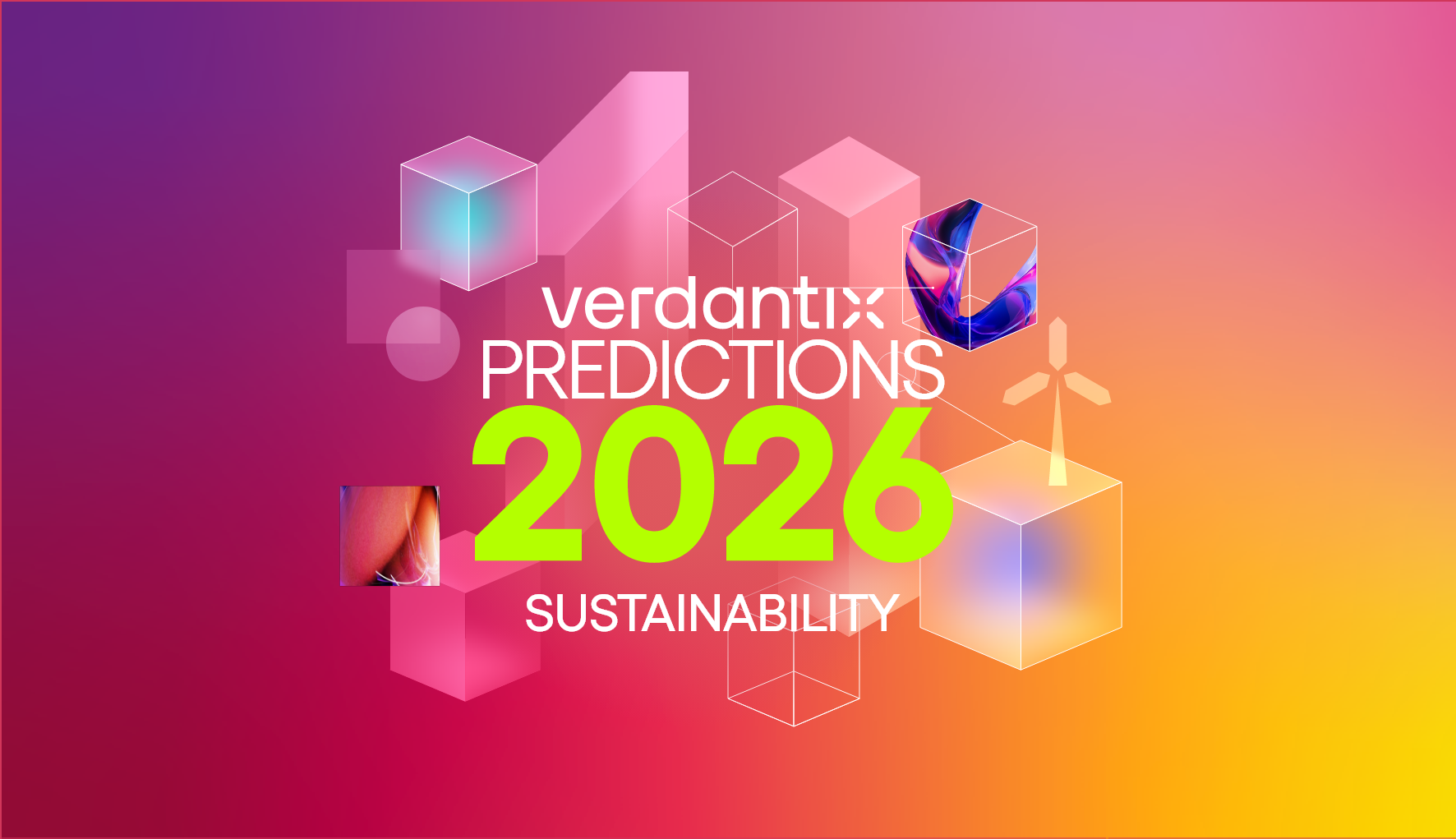The Adoption Of The European Green Bond Standard Falls On The Cusp Of Potential Record Year Of Issuance

Guy Lewis
In February 2023, the EU announced plans to develop the European Green Bonds Standard (EuGB). Just over six months later, the EU Council adopted the regulation, seeking to hold issuers of green bonds that use the EuGB label to a higher standard. The intention is to deliver uniformity in bonds that are classified as EuGB-designated, to support investment in projects such as energy efficiency, climate technology and sustainable transport.
Fundamentally, green bond issuers will provide information on how proceeds will be invested– such as a new wind farm or solar generation. Previously, there has been limited scrutiny over what proportion of the proceeds actually supports the listed investment priority versus where cash ends up, with market-based standards like the ICMA Green Bond Principles and CBI Climate Bonds Standards only providing guidance. The new standard will see that all green bond proceeds under the EuGB label go towards EU taxonomy-aligned activities, provided the sectors are covered by the taxonomy, with a 15% flexibility pocket for those not yet covered. Ultimately, this is to reduce mislabelling or greenwashing of green bonds by creating more explicit links to how proceeds are used.
To support issuance in line with the EuGB label, issuers must provide:
- A green bond factsheet – a framework of core components the green bond complies with.
- An allocation report – how proceeds of bonds have been allocated to EU Taxonomy-aligned economic activities.
- An impact report – the alignment of the bonds’ impact associated with the activities funded by the bond proceeds.
The forecast for the green, social, sustainable and sustainability-linked bond (GSSSB) market for 2023 is set to reach up to $1 trillion – close to the record issuance year of 2021. This is equivalent to around 15% of total bond issuance in 2023, according to research by S&P Global, where green bonds will contribute almost one third of the total.
With a market growing once more for issuers, creating clarity and transparency in how products are labelled is paramount for investors; the new European standard has seemingly come at an opportune time. There are, however, two clear shortcomings. First, it remains voluntary. While the principles are a guiding light, the standard is not mandated and will still stand beside the ICMA Green Bond Principles and CBI Climate Bonds Standards. It entails a relatively tough lift for issuers looking to capitalize on the EuGB label; namely the alignment with the EU Taxonomy and seeking assurance over the do no significant harm rule (DNSH). Second, it doesn’t go far enough in its coverage of the GSSSB market. While it may act as the North Star for investors seeking to finance genuine climate capital, the market for mislabelled, misleading and unsustainable bonds is still rife – particularly when it comes to sustainability-linked bonds (SLB).
Nevertheless, the EuGB is a step in the right direction for green bond regulation. Where SLBs are failing to meet sustainability and climate targets, such as in the case of Polish oil refiner PKN Orlen, issuers may be forced to increase the coupon to investors (the annual interest paid on the bond) to create confidence in the market, given the higher costs associated for missing targets. Verdantix forecasts that this will increase in prevalence in 2024 with more coupon step-ups likely as corporates miss sustainability targets, helping to create more ambition and accountability to deliver on performance.
About The Author

Guy Lewis
Industry Analyst





